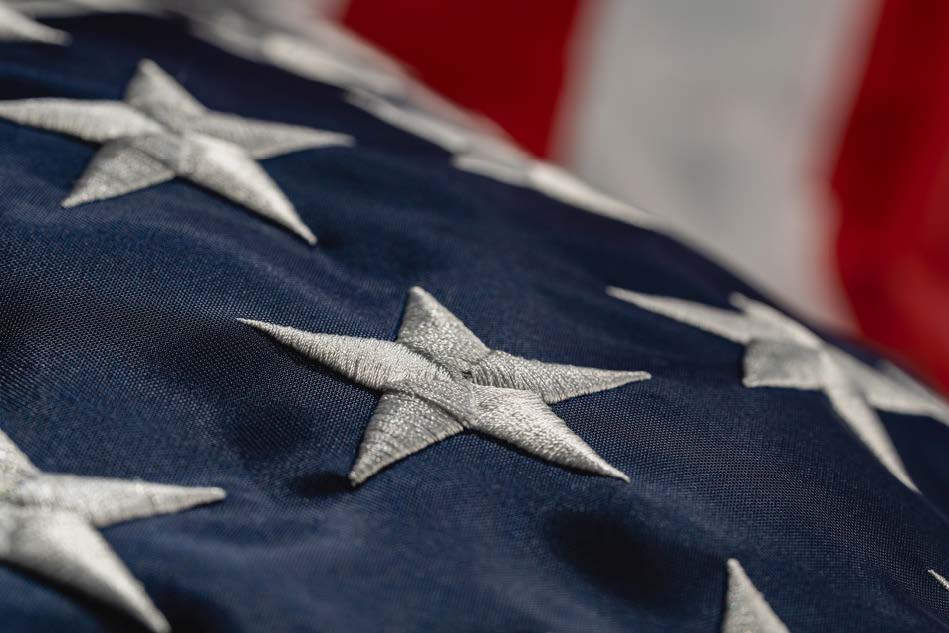The Beginner’s Guide to Naval Ship Terminology
 Embarking on a journey through the vast ocean of naval terminology can feel like navigating uncharted waters. For landlubbers and seasoned sailors alike, the lexicon of naval warships can seem daunting. Fear not, for we’re about to decode some of the most common terms used aboard these vessels, including the majestic USS Orleck herself!
Embarking on a journey through the vast ocean of naval terminology can feel like navigating uncharted waters. For landlubbers and seasoned sailors alike, the lexicon of naval warships can seem daunting. Fear not, for we’re about to decode some of the most common terms used aboard these vessels, including the majestic USS Orleck herself!
Let’s start with the basics. A warship is often referred to as a “vessel” or “craft.” When it comes to size, naval vessels are classified based on their displacement, which is the weight of water they displace when fully loaded. The mighty aircraft carriers sit at the top of the hierarchy, followed by cruisers, destroyers, frigates, and minesweepers, each with its own specific role and capabilities.
Moving on to the anatomy of a warship, the bow is the front, and the stern is the rear. Port refers to the left side when facing forward, while starboard is the right side. The uppermost continuous deck of a warship is the main deck, and below it are various levels like the mess decks, engineering spaces, and berthing areas. These decks provide access to different parts of the warship and serve various purposes.
Now, let’s delve into some specialized terminology. A bulkhead is a vertical partition that separates compartments within the warship, providing structural integrity and helping to prevent flooding.
Meanwhile, the hull is the main body of the warship, which provides buoyancy and houses various compartments. Communication is crucial aboard a naval vessel, and the bridge is where much of it happens. This is the command center of the warship, where the captain and senior officers oversee operations and navigate the vessel. The bridge is equipped with various instruments, including radar, sonar, and GPS, to aid in navigation and situational awareness.
While the world of naval terminology may seem vast and complex, understanding the basics can help demystify it. Whether you’re a maritime enthusiast or simply curious about life at sea, knowing these common terms will deepen your appreciation for the incredible machines that ply the world’s oceans. Fair winds and following seas, and we look forward to seeing you soon at the Jacksonville Naval Museum!

